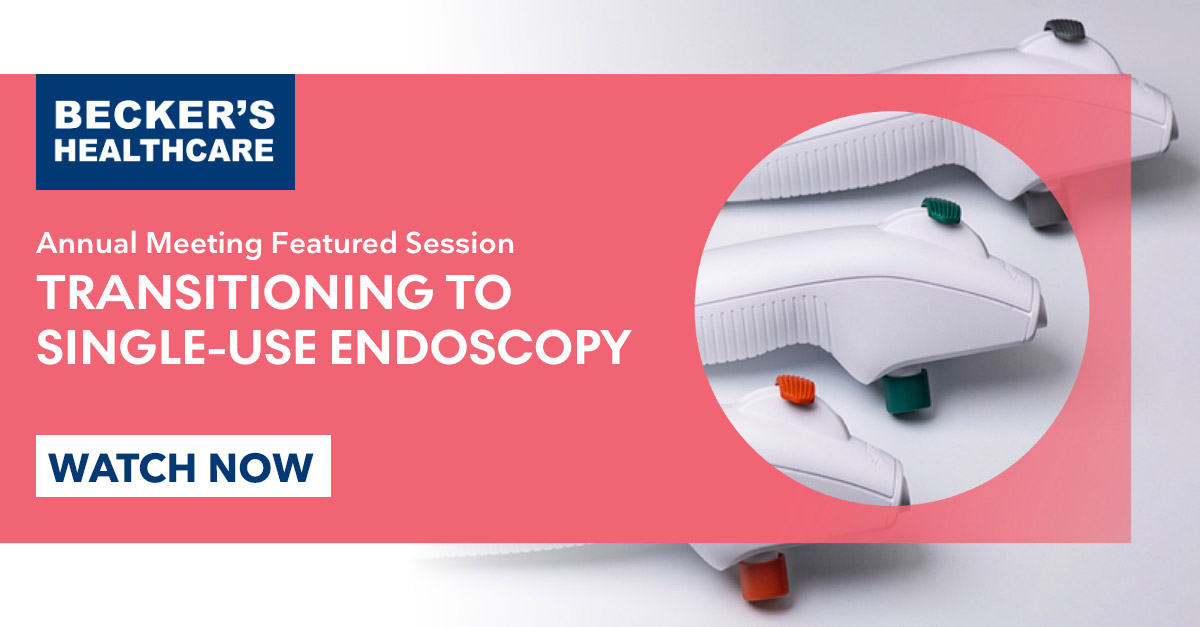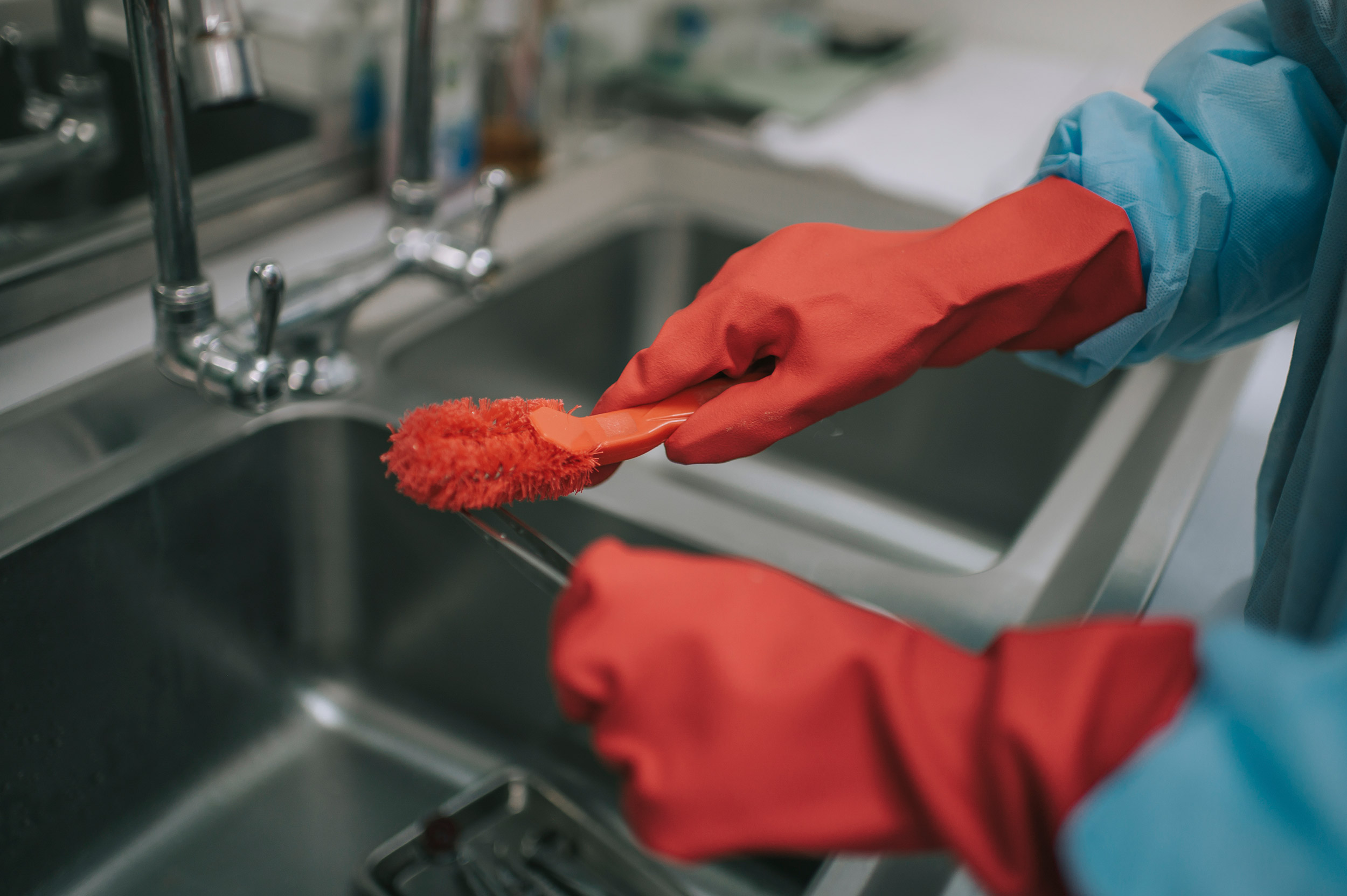
Since the FDA recommended an industry switch to partially or fully disposable duodenoscopes in August 2019, six innovative duodenoscope designs have come to market to address infection prevention concerns in endoscopic retrograde cholangiopancreatography (ERCP).
But the rationale for transitioning to single-use endoscopy is more comprehensive than the perhaps obvious benefit of eliminating device-related infection across the clinical space. That’s according to three physicians using Ambu single-use endoscopes in routine and emergency endoscopy.
“It is a big shakeup for the market,” Dr. Douglas Adler of the Center for Advanced Therapeutic Endoscopy said of single-use endoscopes. “I call it the ultimate disruptive technology.”
In a recent article by Becker's Hospital Review, Adler and two other endoscopists explored some of the many patient safety and efficiency benefits to single-use endoscope technology. More and more, they said, single-use endoscopes appear to be the way of the future.
“This is a notion that has come and gone a few times, but now it’s really here in our hands,” Adler said. “Sort of like how I imagine when they went from propellor planes to jet aircraft.”
To build on this conversation, Ambu sponsored a panel discussion during the Becker's 11th Annual Meeting where guests explored – from clinical, patient, and financial perspectives – how single-use endoscopes can help organizations improve outcomes and patient experience while lowering costs and improving efficiency.
The Becker’s Hospital Review 11th Annual Meeting panel discussion featured:
All three physicians have used Ambu single-use bronchoscopes, duodenoscopes, and cystoscopes in clinical practice. The panel discussion was moderated by Christian Escobar, the director of marketing in visualization for Ambu USA.


